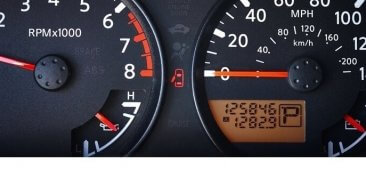
Once the warmer spring and summer weather arrives, more people are going to be riding motorcycles. Many will be veteran bikers who have been riding for years and know the risks associated with not wearing the proper motorcycle gear or following certain safety rules that can reduce their chance of “eating asphalt” alone or with a passenger.
But, novices or “newbies” will also try their luck at grabbing ahold of a set of handle bars and hitting the nation’s open roads. And, that can be a problem – if they don’t obey some basic safety tips that can save them or their passenger from serious injury.
First off, if you’re a total beginner – do not take a passenger for a ride until you’ve taken a motorcycle safety course and are proficient at handling your shiny new two-wheeler. As tempting as it may be to try to impress your girlfriend, leave traveling with a passenger to the experienced motorcycle rider for the time being. Doing otherwise could have tragic results for both you and your passenger.
Not all motorcycles are equipped to carry passengers
If your motorcycle doesn’t have a seat big enough to carry two people and extra foot pegs for your passenger – don’t attempt it. Furthermore, check your owner’s manual for weight limitations, operational recommendations, and equipment set up should your bike have room for a second rider. Specific guidelines are available from your state’s department of motor vehicles.
Proper gear and safety tips for passengers
While motorcycle riders find certain gear to be optional – such as gloves, boots, durable pants, and abrasion resistant jackets – an approved helmet is not. Also known as a “brain bucket” in biker lingo, even if you opt to forego some of the other recommended gear, a helmet is a necessity to protect your head. In addition, the following tips will help keep your passenger safe by making sure:
- They are tall enough to reach the passenger pegs or footrests.
- They keep their feet on the pegs or footrests at all times.
- They keep their legs away from the mufflers, since they can be extremely hot.
- They wear their helmet at all times.
- They don’t turn or make sudden moves that could cause you to lose control.
- They hold onto your waist or the motorcycle’s passenger handholds.
A good rule of thumb, if you’re not a pro at carrying a passenger on your bike, is referred to as ATGATT – which stands for All The Gear, All The Time and means you should always wear all your protective clothing, no matter when you ride, including helmet, gloves, vest, trousers and boots.
Safely riding with passengers
Keep in mind, a motorcycle handles differently when carrying a passenger. The weight of rider and passenger has to shift at the same time or eating asphalt is a distinct possibility. By making the following adjustments you can reduce the risk of losing control of your bike:
- Give yourself for time and space for passing.
- Use caution when turning corners because clearance could be affected.
- Brake sooner than normal to compensate for the added weight.
- Add clutch finesse and more throttle when starting from a stop.
- Depending on the weight of your passenger, it may take longer to turn, slow down, or speed up to pass.
- Refrain from traveling at extremely high speeds.
- You may need to counter the effects of the wind.
- Inform your passenger to lean with you when maneuvering a turn to distribute the weight properly.
Finally, don’t ride your motorcycle without motorcycle insurance as required by your state. It’s affordable and not worth taking the risk. Call Freeway Insurance today at (800) 777-5620 to get a free quote on motorcycle insurance. Freeway provides quality insurance with affordable rates.



